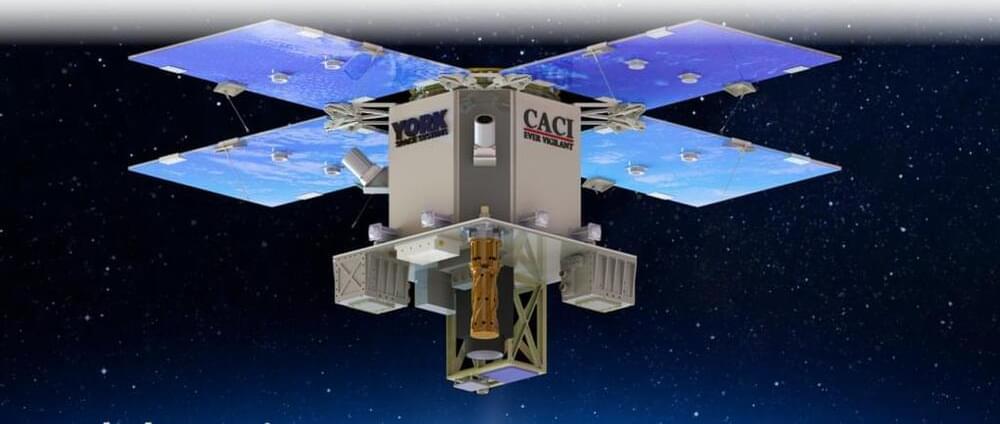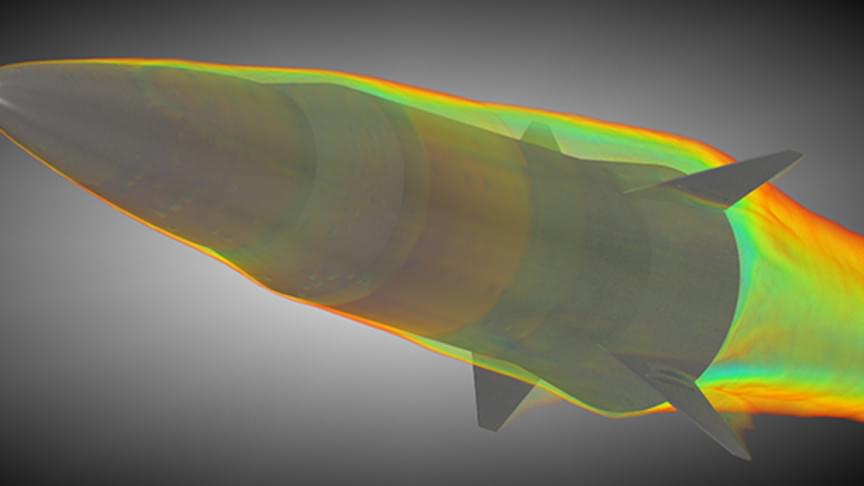
Forty years after it first began to dabble in quantum computing, IBM is ready to expand the technology out of the lab and into more practical applications — like supercomputing! The company has already hit a number of development milestones since it released its previous quantum roadmap in 2020, including the 127-qubit Eagle processor that uses quantum circuits and the Qiskit Runtime API. IBM announced on Wednesday that it plans to further scale its quantum ambitions and has revised the 2020 roadmap with an even loftier goal of operating a 4,000-qubit system by 2025.
Before it sets about building the biggest quantum computer to date, IBM plans release its 433-qubit Osprey chip later this year and migrate the Qiskit Runtime to the cloud in 2023, “bringing a serverless approach into the core quantum software stack,” per Wednesday’s release. Those products will be followed later that year by Condor, a quantum chip IBM is billing as “the world’s first universal quantum processor with over 1,000 qubits.”
This rapid four-fold jump in quantum volume (the number of qubits packed into a processor) will enable users to run increasingly longer quantum circuits, while increasing the processing speed — measured in CLOPS (circuit layer operations per second) — from a maximum of 2,900 OPS to over 10,000. Then it’s just a simple matter of quadrupaling that capacity in the span of less than 24 months.


















